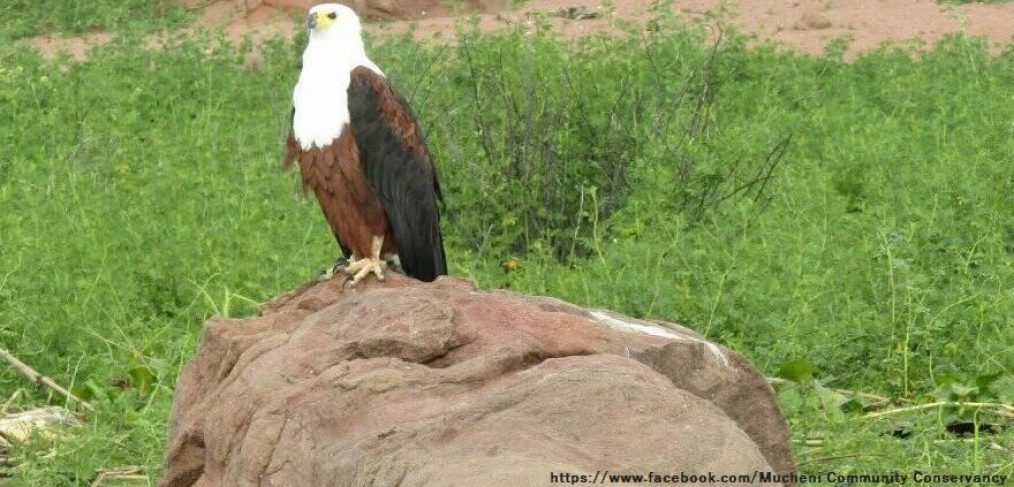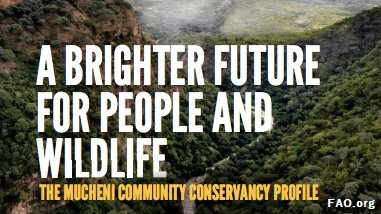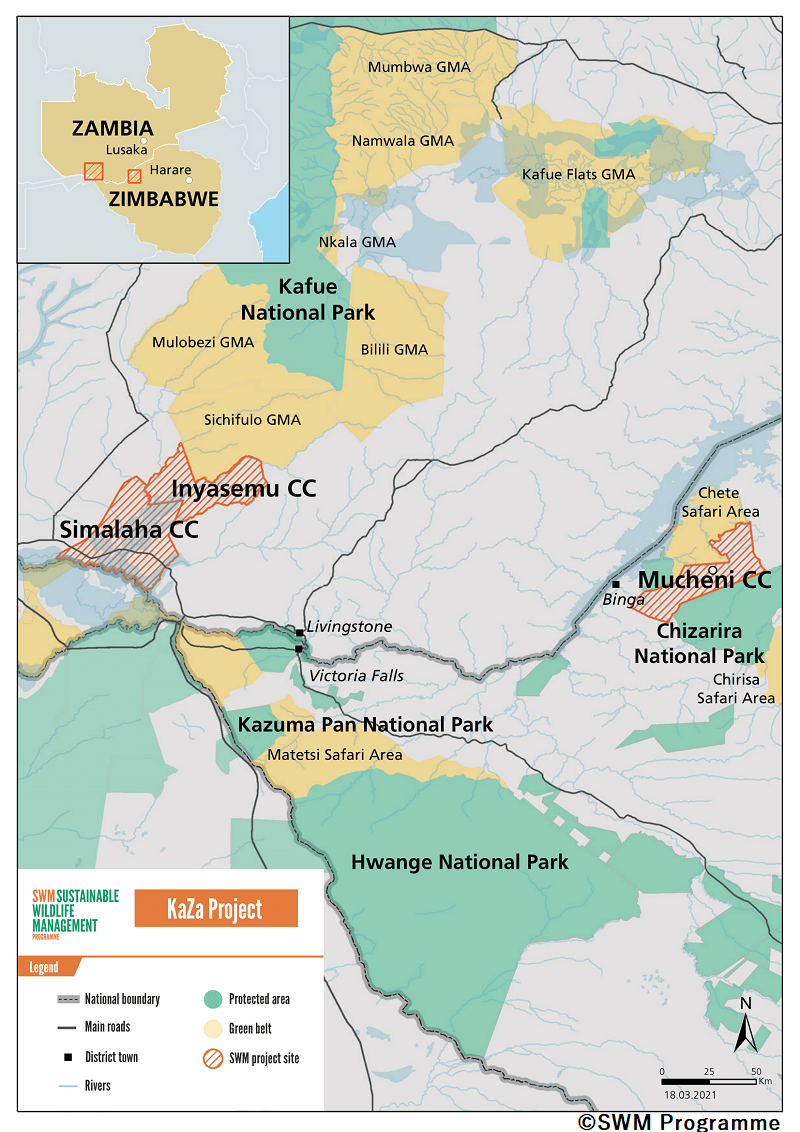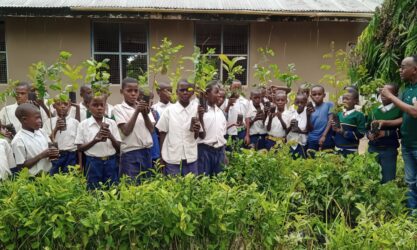
Binga’s Mucheni Community Conservancy is a game changer – report
Zimbabwe’s Herald newspaper reports on the Mucheni Community Conservancy, a Kavango Zambezi (KAZA) Sustainable Wildlife Management programme that is building on CAMPFIRE – the acronym for Communal Areas Management Programme for Indigenous Resources, a CBNRM programme implemented in Zimbabwe in the 1980’s, as well as emulating the most recently successful CBNRM model in southern Africa – that of the Community Conservancies in Namibia.
The SWM project is an Organisation of African, Caribbean, and Pacific States (OACP) initiative, funded by the European Union.
It is being implemented by a dynamic consortium of partners that includes the French Agricultural Research Centre for International Development (CIRAD), the Centre for International Forestry Research (CIFOR), Food and Agriculture Organization of the United Nations (FAO), and the Wildlife Conservation Society (WCS).
The programme recognizes the importance of community involvement in wildlife conservation and plans to follow Namibia’s model, which has 86 conservancies. In Zimbabwe, the activities are being carried out by CIRAD with the support of the government through the Ministry of Environment, Climate, Tourism, and Hospitality Industry.
Sustainable Wildlife Management (SWM) programme KAZA site coordinator Mr Patrice Grimaud said the broader community conservancy concept was being implemented in more than 10 countries, including Zimbabwe, Zambia and Namibia.
“The Kavango Zambezi (KAZA) Transfrontier Conservation area is home to a great diversity of ecosystems and landscapes. Each year, the area experiences large-scale migrations of megafauna. Whilst rural communities in the Mucheni (Zimbabwe) and Simalaha (Zambia) Community Conservancies, which lie in the KaZa Transfrontier Conservation Area, have distinct cultures and local governments, they depend on hunting and fishing for both food and income. However, communities’ livelihoods are threatened by erratic rainfall, poor soils, and human–wildlife conflicts.” writes journalist Fidelis Munyoro.
“The landmark development of Mucheni Community Conservancy in Binga District is touted as a real game changer for the local communities that have over the years been brow-beaten by cases of human wildlife conflicts. The rural folk in Binga depend largely on wildlife both for food and source of income.”
Binga is located in Matabeleland North along the southern Zambezi Escarpment, just south of Lake Kariba. On the northern shore of the lake is the country of Zambia.
“But the Mucheni Community Conservancy, which is adjacent to the Chizarira National Park and which dominates the landscape for kilometres around three wards, namely Sinampande, Sinansengwe and Sinakoma, is set to mitigate human wildlife conflict and improve the supply of alternative protein in the form of livestock, fish and non-timber forest products.”
Creating community conservancies in Zimbabwe for sustainable wildlife management
When conservancies are managed to provide locals with real and sustainable benefits from wildlife and wilderness areas – the founding principle of the Mucheni Community Conservancy – “you can now feel empowered to have ownership of your natural resources and realise economic benefits out of it,” said Mucheni Ward 4 Councillor, Cllr Elmon Mdenda.
“The project will also help reduce poaching in the area once the people have other sources of income and food security, such as enhanced livestock breeding, fisheries, and bee-keeping.”




